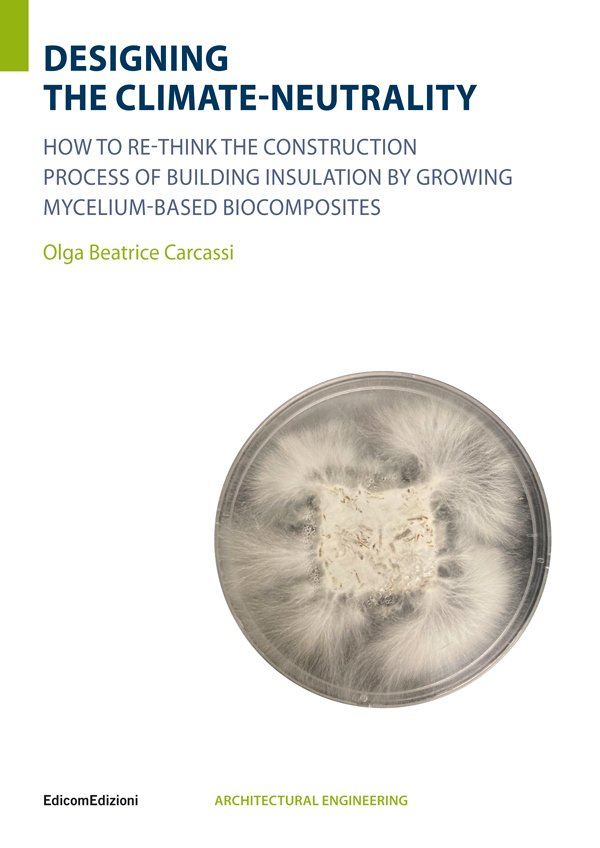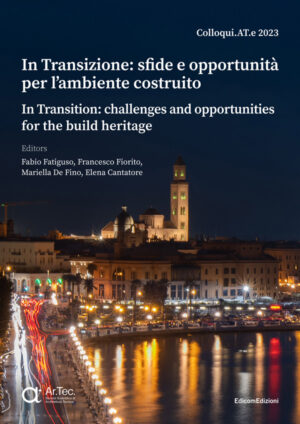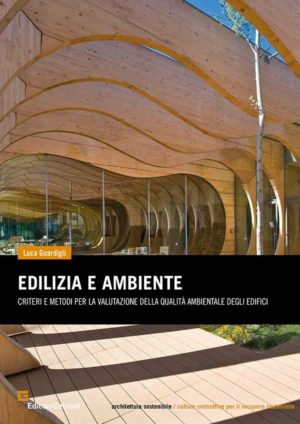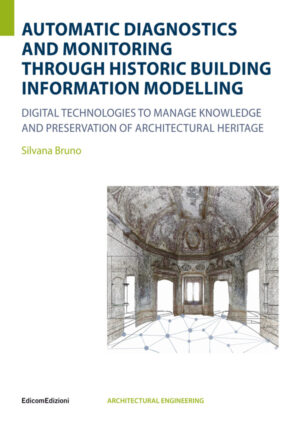Designing the climate-neutrality
15,60€
How to re-think the construction process of building insulation by growing mycelium-based biocomposites
Olga Beatrice Carcassi
eBook in formato PDF
European Green Deal strategy aims to cut the greenhouse gas (GHG) emissions to achieve climate neutrality by 2050. Buildings are a key leverage point to reduce GHG emissions, but the embodied emissions related with their construction remain often the hidden challenge of any ambitious policy. Considering that a complete material substitution of building elements that necessarily release GHG is not possible (e.g., concrete and steel for foundations), here called “climate-positive”, in this thesis a material GHG neutralization was explored with the use fast-growing biomass insulations.
This work, hence, proposes a methodology to design “climate-negative” insulation bio-based composites by leveraging their ability to temporarily store carbon dioxide (CO2) in the biomass and delay the emissions in the atmosphere. Moreover, to lower the impacts also in their construction phase, it investigates the creation of sustainable materials and production cycles by exploiting the mycelium growth as a binder. As a result of the theoretical preliminary research, the design methodology for “growing” climate-negative biocomposite is proposed and applied to 4 biomasses (rice straw, hemp shives, Posidonia Oceanica and bamboo fibers) within the European context, by analyzing both their technical and negative emissions’ potentials. Their specific design and bio-manufacturing methods are specified for each biomass since they play a major role for the final calculation of the GHG emissions (here called Net-GWP). This comprehensive approach can help designers in the materials choice phase of a project while suggesting to policymakers and companies the most promising solutions to achieve the decarbonization of the building and construction sector, but not only.
CONTENTS
Abstract
1. Introduction
2. State of the Art of Bio-based building materials
3. Deep Review for climate-neutral environmental index
4. Deep Review of Mycelium-based insulation biocomposites
5. Materials and methods
6. Case studies
7. Implementation
8. Conclusion and Future works
9. Acknowledgments
References
Annex
Annex A
Annex B
Annex C
Olga Beatrice Carcassi
Is a Postdoctoral Associate Research Scientist at the Natural Materials of Columbia GSAPP University. Passionate about regenerative and low-carbon technologies, Olga’s work catalyzes the field of 3D printed natural materials and architectural artifacts, from both a building science research and digital manufacturing perspective. She also specializes in new fabrication and LCA methodologies of mycelium-based composites to reach climate neutrality for the building and construction sector. Previously, Olga was a Postdoctoral Researcher at the ABC Department of Politecnico di Milano, where she also received her Ph.D. Olga’s work has been published in Environmental Science & Technology and Sustainability journals, and she contributed to the design of different installations within architectural exhibitions to disseminate her scientific results, such as the “Unknown Unknowns- 23rd International Exhibition”
Informazioni aggiuntive
| formato | 21 x 29,7 cm |
|---|---|
| pagine | 272 |
| ISBN | 979-12-81229-07-5 |
| lingua | inglese |
| collana |




